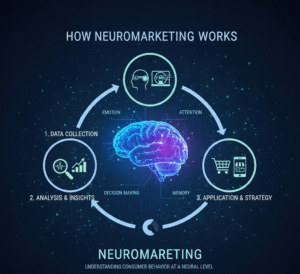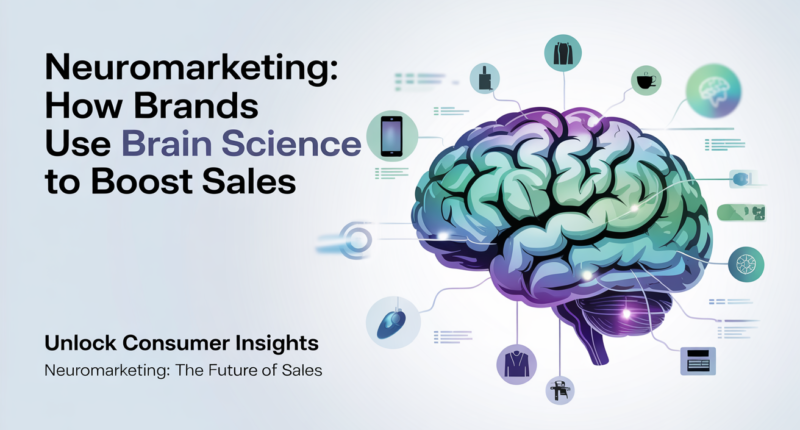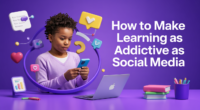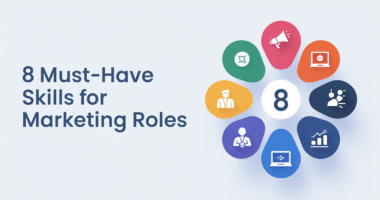Neuromarketing combines brain science and marketing to see what makes us want to buy. According to Harvard University, neuromarketing uses biology and brain activity to “predict and even influence consumer behavior” . For instance, instead of asking people what they like, companies use brain scans, eye-tracking, or other sensors to see how customers really react. For example, brands show different ads to see which one makes people happiest. As a result, they can pick the ad that the brain likes best. In fact, up to 95% of our decisions happen unconsciously , so this method can boost sales.
How Neuromarketing Works

For example, marketers test ads and products by scanning people’s brain and body signals. Specifically, they use EEG to track emotions and eye-tracking to see exactly where you look . Additionally, sensors can read facial expressions or heart rate to guess how excited you feel. Altogether, these methods reveal which ad image or product design hits the sweet spot.
For example, one study found that people’s brains lit up more for Coke than Pepsi only when they knew it was Coke . Similarly, Frito-Lay found that customers liked matte chip bags with potato images more than shiny ones, so it changed its packaging . These brain-based tests help brands choose the version of an ad or package that will drive more sales.
Real Brand Examples of Neuromarketing
-
Coca-Cola: For example, it uses its bright red logo and even the sound of a bottle popping to trigger joy . It also printed customer names on bottles (the “Share a Coke” campaign) to create a personal connection .
-
Amazon: Likewise, it personalizes what you see. Specifically, its recommendation engine shows items you might like, engaging the brain’s reward system . It also uses urgency cues (like countdown timers) to make you click. As a result, about 35% of Amazon’s sales come from its recommendations .
-
Apple: Moreover, it builds hype to make buying feel exciting. For example, new product launch events can trigger a dopamine rush . Its sleek products and clean stores also reduce clutter, making shopping feel enjoyable.
-
McDonald’s: For example, it uses red and yellow to boost appetite and speed up decisions . It also highlights popular items and deals on menus, nudging customers to spend more.
-
FedEx: For example, it added a hidden arrow in its logo to suggest speed and precision, subtly building trust .
-
IKEA: Likewise, it uses a store layout that makes you see nearly every product before checkout, which often leads to extra purchases .
Ultimately, neuromarketing is the art and science of using brain research to improve marketing. By studying how people respond to ads, colors and designs, brands learn to create products that feel hard to ignore. As a result, marketing becomes more effective. Ultimately, neuromarketing shows why brands like Coca-Cola, Amazon and Apple are so good at making us want to buy. It also reminds us to stay aware that our brains are powerful and marketers know how to appeal to them.









